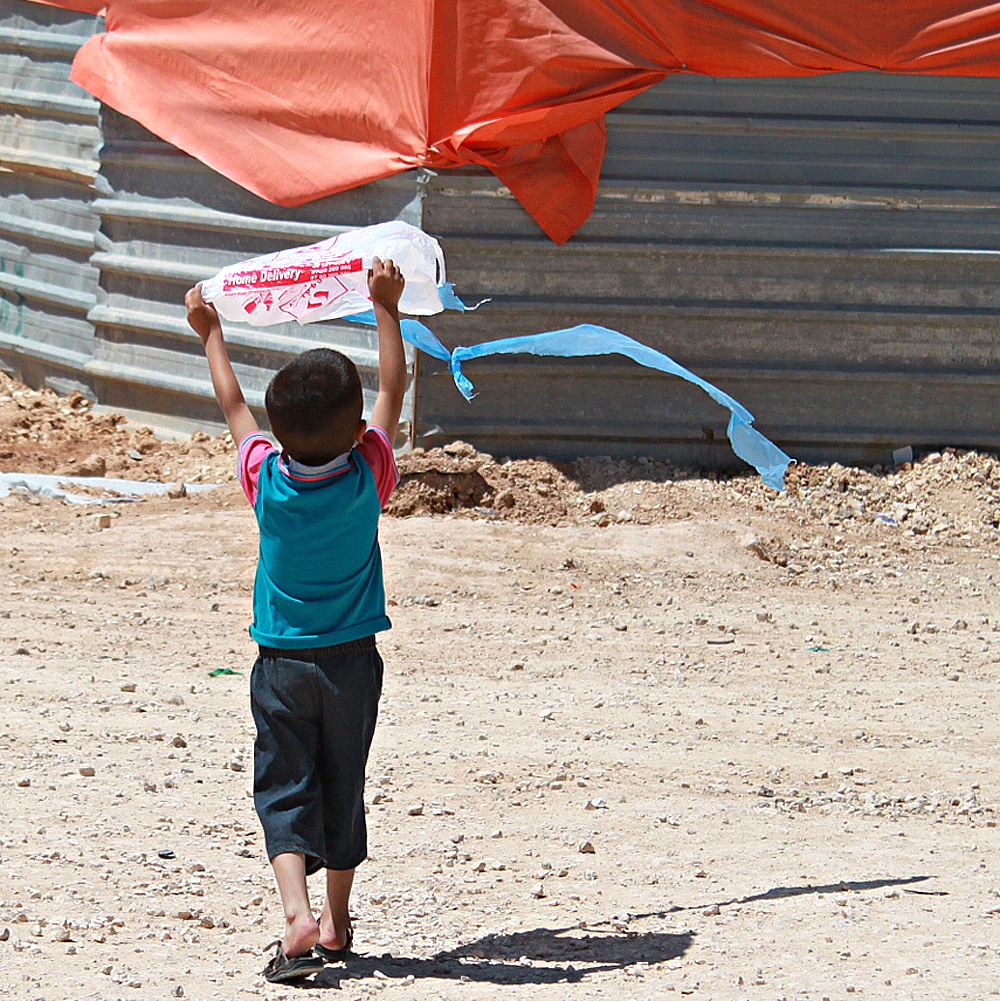Recently, I read the report of the Special Inspector General for Afghanistan Reconstruction titled “What We Need to learn: Lessons from 20 Years of Afghanistan Reconstruction.”
I wanted to understand how the investment of two decades and $145 billion in reconstruction dollars could be so decisively and spectacularly undone in a mere ten days.
The report is damning. The section that stood out the most for me was titled “The US Government did not understand the Afghan context and therefore failed to tailor its efforts accordingly.”
The report found that the Americans “clumsily forced Western technocratic models onto Afghan economic institutions; trained security forces in advanced weapon systems they could not understand, much less maintain; imposed formal rule of law on a country that addressed 80 to 90 percent of its disputes through informal means; and often struggled to understand or mitigate the cultural and social barriers to supporting women and girls. Without this background knowledge, U.S. officials often empowered power brokers who preyed on the population or diverted U.S. assistance away from its intended recipients to enrich and empower themselves and their allies. Lack of knowledge at the local level meant projects intended to mitigate conflict often exacerbated it, and even inadvertently funded insurgents.”
This lack of cultural context extended to all they did. For example, the new schools being constructed were designed to American standards, with a heavy roof that required a crane to install, yet cranes could not be used in the mountainous terrain that characterizes much of the country. The schools also required entrance ramps and extra-wide doors to comply with the Americans with Disabilities Act, even though in many cases the rugged terrain itself was totally inaccessible to wheelchairs.
Reflecting on these tragic lessons in hubris, money, and power, I see so many important lessons for our own work.
In truth, philanthropy can be just as imperialistic as governments. How often do we assume that because we hold resources, we also hold solutions? Do top-down attempts at movement-building make any more sense than attempts at nation-building? How do we shift our ways of thinking and doing to move from saving those in need to a focus on serving them? As they say, the road to hell is paved with good intentions.
Lasting change is not a top-down equation; no amount of money or might can supplant the long-term importance of thinking from the bottom-up. Even if it is well-intentioned and well-funded, any social change work that is an imposition rather than an invitation is predestined to fail. Any attempt at change – political, social, or otherwise – must begin with humility, inclusivity, and the solutionary voices of those who are most impacted. This is true on all scales; from a seed grant of $1,000, to a nation-building project of billions.
This is why you will always find me at the bottom, as close to the grassroots as possible, repeating one simple mantra we have heard from our community time and time again:
Nothing for me without me.

